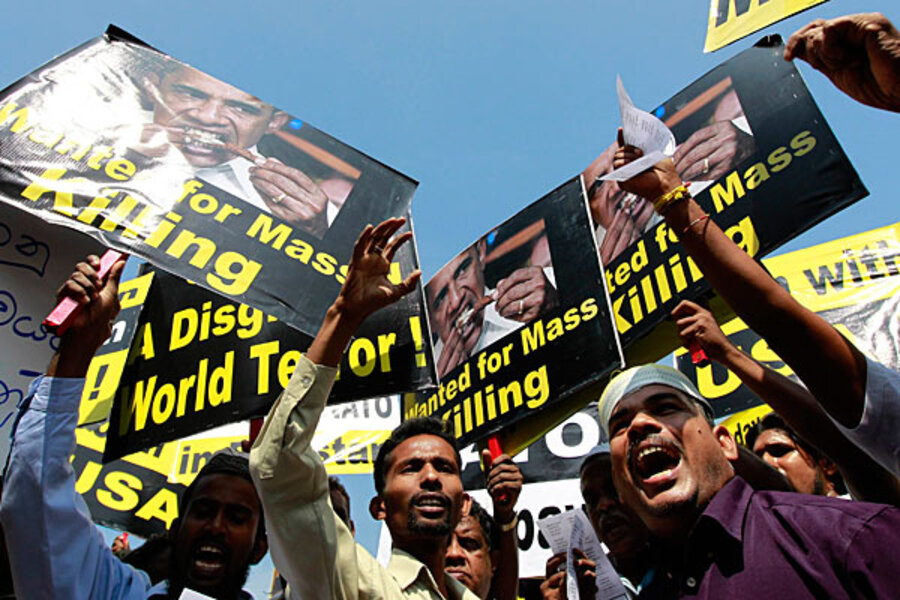US airstrike on Pakistani troops: Both sides to blame, says Pentagon
Loading...
| WASHINGTON/ISLAMABAD
A U.S. military investigation found on Thursday that both American and Pakistani forces were to blame in an incident along the Afghanistan-Pakistan border that killed 24 Pakistani troops and inflamed already strained U.S.-Pakistan ties.
"Inadequate coordination by U.S. and Pakistani military officers operating through the border coordination center - including our reliance on incorrect mapping information shared with the Pakistani liaison officer - resulted in a misunderstanding about the true location of Pakistani military units," the Pentagon said in a statement summarizing conclusions from an investigation into the Nov. 26 incident.
"This, coupled with other gaps in information about the activities and placement of units from both sides, contributed to the tragic result," the statement said.
RECOMMENDED: US aid to Pakistan, where is the money going?
The air strike was the latest incident to test U.S. ties with its uneasy ally, whose help it needs to combat militants fueling violence against U.S. and NATO forces in Afghanistan.
The loss of life in the border incident and the initial NATO response incensed the Pakistanis, who demanded that the United States depart from an air base used to launch drone flights within 15 days and blocked ground supply routes through Pakistan to U.S. forces in Afghanistan. They also want a formal U.S. apology.
The two countries have faced a series of crises in the past year, including the U.S. raid that killed al Qaeda leader Osama bin Laden on Pakistani soil in May, the closure of NATO supply routes through Pakistan, and the arrest of a CIA contractor.
The incident has illustrated the challenges of cross-border communication and operations in remote areas along the rugged Afghanistan-Pakistan border.
A U.S. defense official said it was still unclear why Pakistani forces opened fire on the U.S. helicopters.
"That answer would have come more readily had the Pakistanis participated (in the investigation)," the official told Reuters, speaking on condition of anonymity.
"It would have been very difficult of them to confuse the movement of those units with insurgents, given the fact they were flying in helicopters."
It's unlikely the conclusions of the report will placate Pakistani military leadership in the charged climate following the incident.
The Pentagon statement also expressed regret for "the lack of proper coordination between U.S. and Pakistani forces that contributed to those losses."
(Reporting by Doina Chiacu and Phil Stewart in WASHINGTON and Michael Georgy in ISLAMABAD; editing by Philip Barbara)





